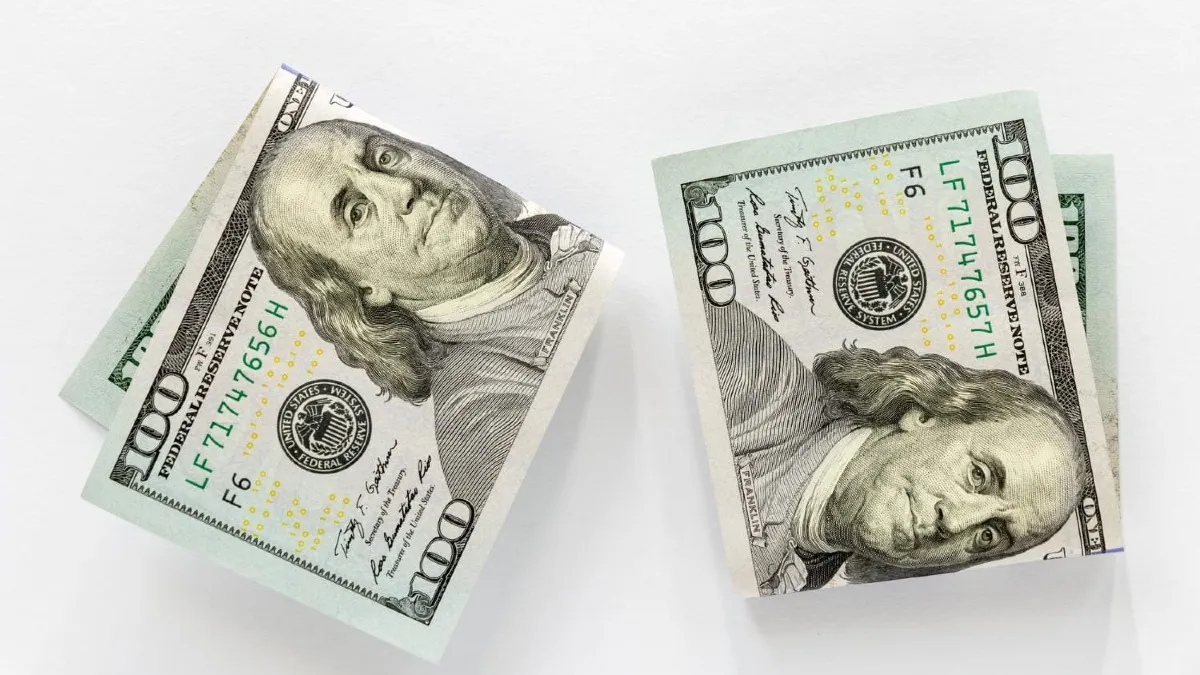Want to know a simple “magic” trick for investors?
It’s called the Rule of 72. This is a simple, back-of-the-napkin math trick that helps you estimate how long it will take for your money to double at a given interest rate.
You don't need a complicated spreadsheet. You just need the number 72.
What Is the Rule of 72?
The Rule of 72 is a simplified formula used in finance to quickly estimate the number of years required to double your money through compound interest.
The formula is incredibly simple:
72 / (Your Annual Interest Rate) = Years to Double
That’s it. You just divide 72 by the interest rate you expect to earn.
(Note: When you do the math, just use the number of the interest rate. For 8%, you divide by 8, not 0.08.)
How to Use the Rule of 72: Examples
Let's see it in action.
- Example 1: The Stock Market Let's say you invest in an S&P 500 index fund. Historically, the market has returned an average of about 10% per year (though this is never guaranteed).
- Math: 72 / 10 = 7.2
- Meaning: At a 10% return, your money would double in about 7.2 years.
- Example 2: A High-Yield Savings Account (HYSA) Imagine you have your emergency fund in an HYSA earning 5% APY.
- Math: 72 / 5 = 14.4
- Meaning: Your cash would take about 14.4 years to double, just from interest.
- Example 3: A Traditional Savings Account What if you left your money in a standard savings account earning 0.1% APY?
- Math: 72 / 0.1 = 720
- Meaning: It would take 720 years for your money to double. This is why just "saving" isn't an effective way to grow wealth.
Try the Calculator
The Rule of 72 Calculator
Your money will double in approximately:
... years
Use this simple calculator to see how fast your own investments might grow.
Enter Your Expected Annual Return (%): [ ] (Calculate) Your money will double in approximately: [ _ ] years.
Why Is This Rule So Important for Beginners?
The Rule of 72 isn't just a party trick. It’s a powerful tool for three big reasons:
- It Makes Compounding Feel Real: "Compound interest" can feel abstract. This rule makes it concrete. The difference between a 6% return (doubles in 12 years) and a 9% return (doubles in 8 years) is suddenly very clear.
- It's Fast and Easy: You can do this math in your head. When you're looking at a new investment or savings account, you can get an instant feel for its growth potential.
- It Fights Procrastination: It shows you that time is your most valuable asset. Starting now, even with a small amount, puts the power of compounding on your side.
The Fine Print: What the Rule of 72 Doesn't Do
This rule is a fantastic estimate, but it's not perfect. You just need to know its limitations:
- It's an Estimate: The exact math is more complex, but the Rule of 72 is almost always close enough.
- It Assumes a Fixed Rate: The rule works perfectly for a savings account with a fixed 5% APY. For the stock market, returns are never the same year after year. They bounce around. The 10% average is just that—an average over a long time.
- It's Best for "Normal" Rates: The rule is most accurate for interest rates between 5% and 12%. When you get to very high rates (like 25%) or very low rates (like 1%), the math gets a little less precise, but it's still in the ballpark.
Even with these limits, the Rule of 72 is one of the best and simplest tools a new investor can learn.






